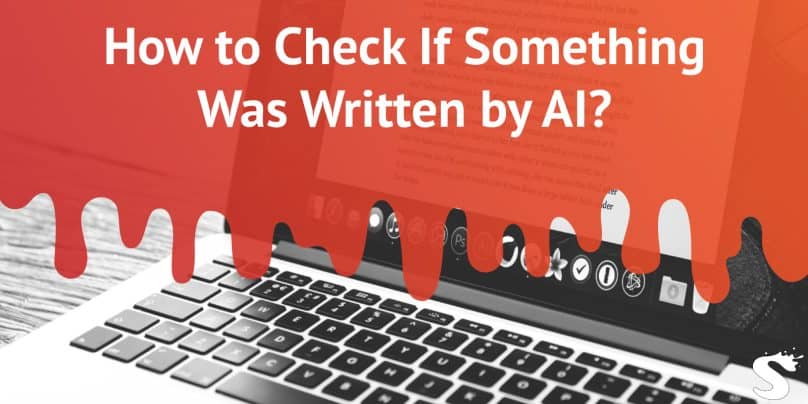In today’s digital landscape, it’s becoming increasingly vital to differentiate between human and AI-generated content. This comprehensive guide will help you in ascertaining whether the text you encounter is a product of human ingenuity or AI wizardry.
How to Determine If Content Was Composed by an AI
Understanding AI Writing Patterns
AI writing tools, though remarkably sophisticated, often adhere to discernible patterns and structures. These distinctive characteristics can occasionally reveal their non-human origin.
AI-generated content may exhibit a more systematic approach, occasionally devoid of the nuanced understanding of context and personal experiences typical of human writing.
Analyzing Writing Style and Tone
AI-generated content might struggle with conveying subtle tones and emotions. If a text lacks personal anecdotes or displays a uniform style lacking emotional depth, it could potentially be the handiwork of AI.
Human-written content typically encompasses variations in style, personal insights, and a natural flow that AI might not emulate flawlessly.
Detecting Repetitive Phrases and Syntax
AI writing tools may tend to repeat specific phrases or employ consistent syntax throughout the text. Although human writing can also feature repetition, AI-generated content may do so in a more predictable and patterned manner.
Assessing the Absence of Complex Reasoning
AI-generated content could fall short in terms of complex reasoning or profound analysis. A text that conveys information straightforwardly, without offering multiple perspectives or in-depth examination, could be indicative of AI authorship.
Leveraging Online Tools for AI Detection
Numerous online tools and platforms can assist in identifying AI-generated content. These tools scrutinize the text for patterns, complexity, and other characteristics commonly associated with AI writing. Established tools such as Grammarly, Turnitin, and Copyscape can furnish insights into content originality and potential AI origins.
Evaluating Source Credibility
Deliberate the source of the content. Esteemed and reputable publishers or authors are less likely to employ AI-generated content without disclosure. If the source is obscure or lacks transparency regarding its content creation process, it may warrant a closer examination of the text.
Conclusion
As AI continues to advance, the ability to distinguish between human and AI-generated content necessitates a discerning eye and critical thinking. Proficiency in recognizing AI writing patterns, scrutinizing writing style, and utilizing detection tools will enhance your capacity to identify AI-generated content. Remember that while AI can generate impressive text, the human touch in writing provides a depth and subtlety that are uniquely human.
